A study conducted at Texas A&M University found that the best protection from a home fire is a “complete package” that includes a combination of photocell smoke detectors and mechanical heat detectors. Get the feeling of TruAssurance with reliable, long-lasting mechanical fusible link heat detectors.
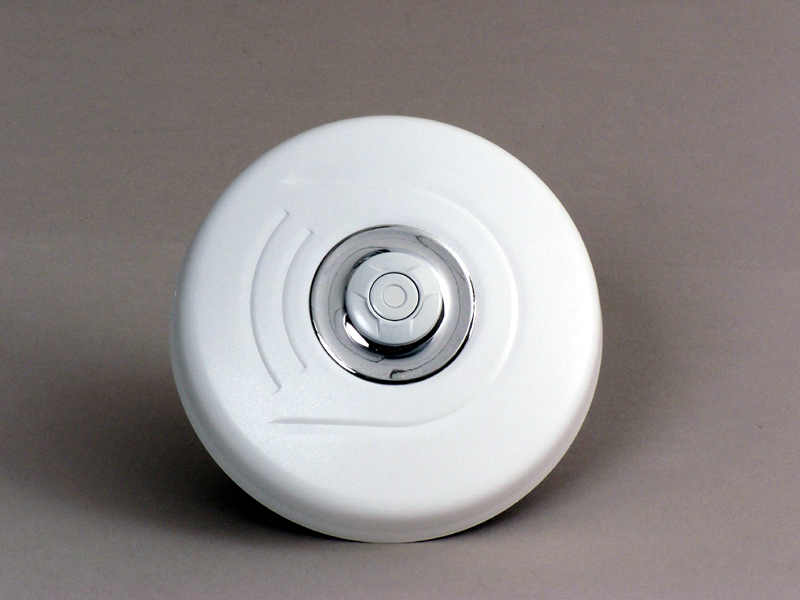
Smoke Detectors
Tests continually show that ionization technology is very slow to detect a smoldering type of fire and often will not alarm at all, in time for safe escape. The technology used in our new Special Optics detectors have proven to detect a smoldering fire much faster, PLUS they actually “see” the smoke, virtually eliminating false alarms.
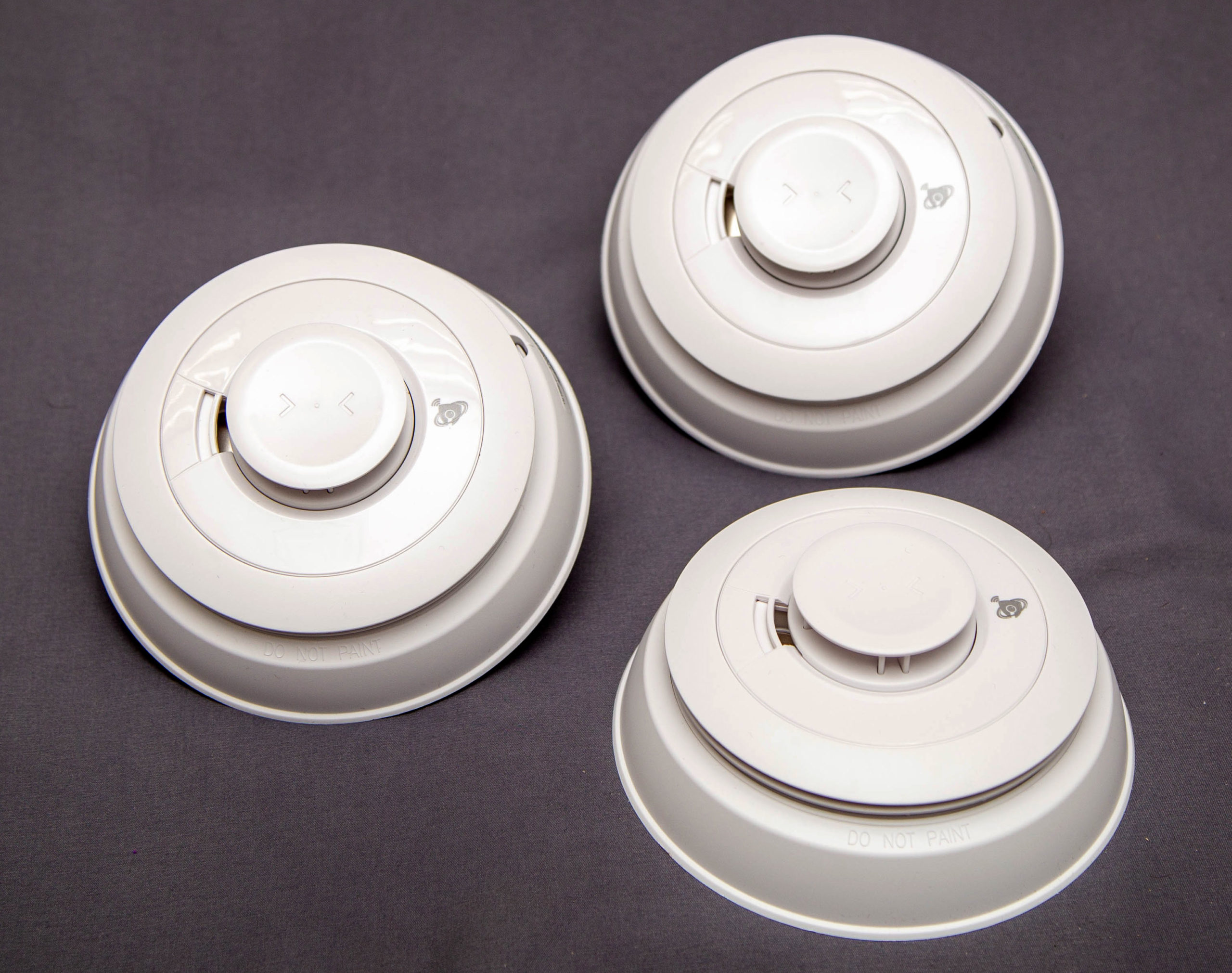
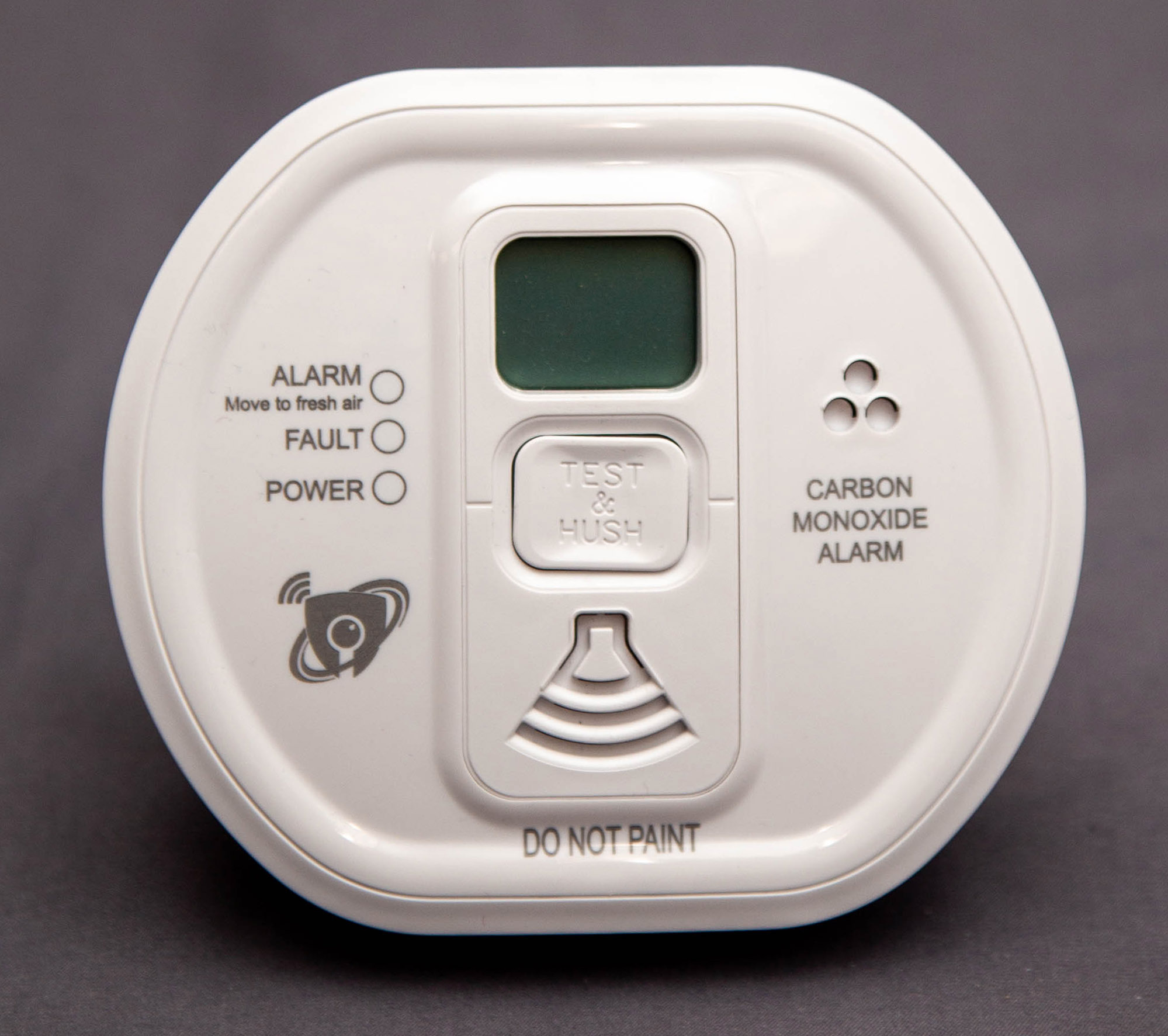
CO Detectors
A recent surge in legislation being passed at both the state and jurisdiction level across the country emphasizes the importance of carbon monoxide (CO) alarms in all residences that use fossil fuels. Almost 500 deaths a year and over 15,000 people seeking medical attention* are attributed to carbon monoxide poisoning and could be prevented if carbon monoxide alarms were installed.
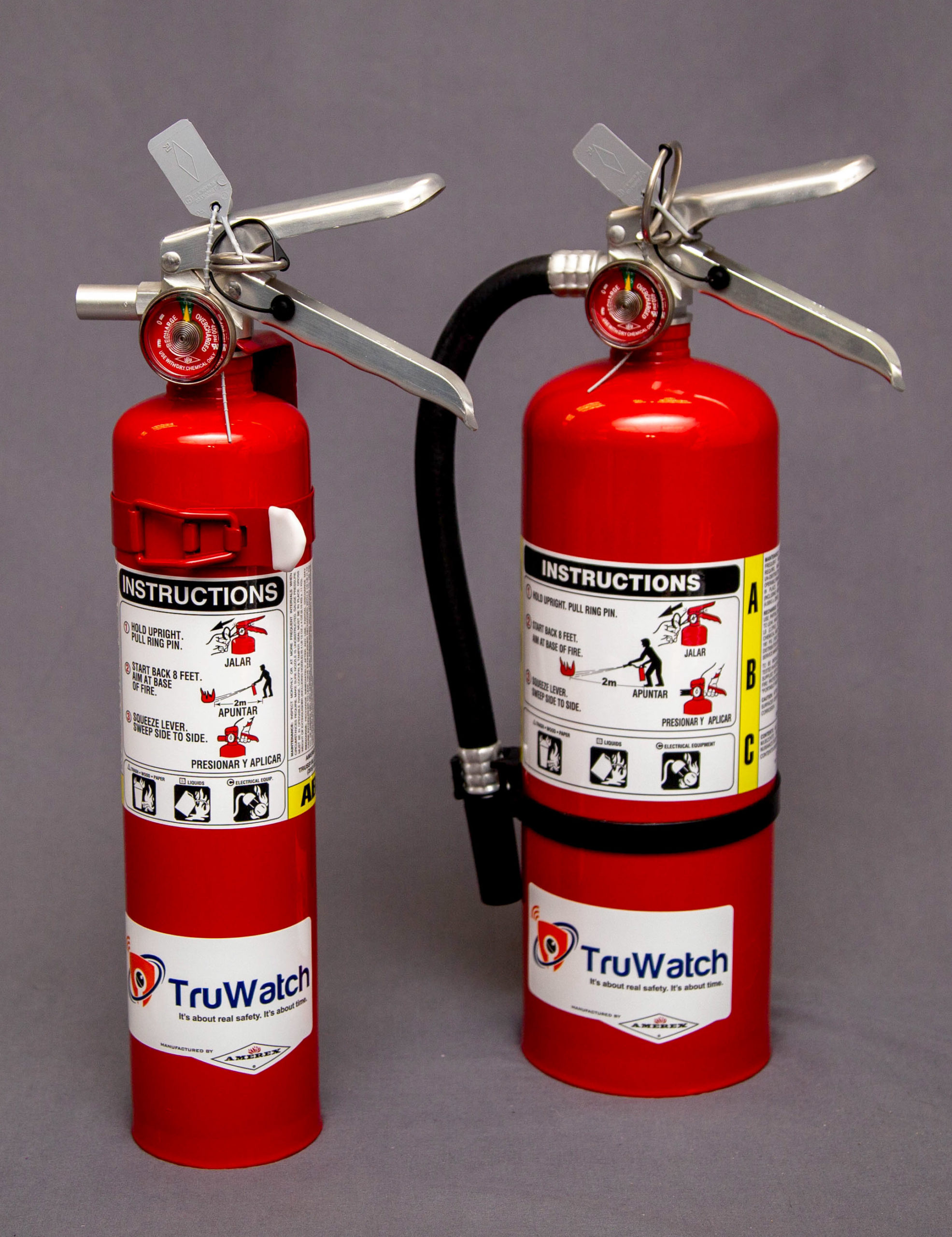
Fire Extinguishers
The first line of defense against a small fire is often a portable fire extinguisher, typically placed in halls, corridors, large rooms and kitchens. Having the right fire extinguisher can save lives and property by putting out a small fire or containing it until the fire department arrives.
Monitored System
TruWatch Monitored Systems are the most versatile and sophisticated smoke detection available for residential applications. Our smoke detector is powered by a pair of replaceable lithium batteries with a 10 year life expectancy…
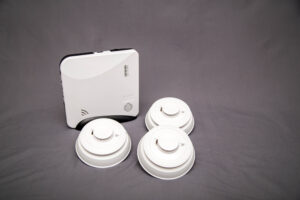

Medical Alert
Falls are one of the most serious health risks among seniors over the age of 65, affecting more people than stroke and heart attacks combined. Our medical alert system gives seniors and handicapped a way to stay in their home to feel safe, secure and comfortable.
What do the experts say about protecting my family from fire?
If I could say one thing and stress one issue, that is when you’re looking at detectors as a life safety device, you have to have the very best — the very best that you can put in place. That is probably the one and the most critical issue that I could stress.” -Larry Grosse, Ph.D. , a Certified, Advanced Fire Prevention Inspector
“Families should recognize fire as a very real possibility, and think about the following: when a fire could start, where it could start and when do they want to know about it. The time a family has to escape a home fire safely is very short. It can be only a matter of a few minutes. Early detection is the key to survival, and having the right equipment installed and maintained in the proper locations in the home could be the difference between life and death.” -Larry Grosse, Ph.D. , a Certified, Advanced Fire Prevention Inspector
Where to Locate the Required Smoke Alarms – smoke alarms are best located in each bedroom and between the bedroom areas and the rest of the unit. In dwelling units with more than one bedroom area or with bedrooms on more than one floor, more than one smoke alarm is required. – NFPA 72-’10 p.256 A.29.5.1
Chapter 29 does not attempt to cover all equipment, methods, and requirements that might be necessary or advantageous for the protection of lives and property from fire. NFPA 72 is a “minimum code.” – NFPA 72-’10 p. 252 A.29.1.1
This code establishes minimum standards for the use of fire-warning equipment. The use of additional alarms or detectors over and above the minimum standards is encouraged. The use of additional devices can result in a combination of equipment. – NFPA 72-’10 p. 253 A.29.3.3
There often is very little time between the detection of a fire and the time it becomes deadly. This interval can be as little as 1 or 2 minutes. – NFPA 72-’10 p. 253 A.29.2
Are More Smoke Alarms Desirable? The required number of smoke alarms might not provide reliable early warning protection for those areas separated by a door from the areas protect by the required smoke alarms. For this reason, the use of additional smoke alarms for those areas for increased protection is recommended. The additional areas include dining room, furnace room, utility room, and hallways not protected by the required smoke alarms, The installation of smoke alarms in kitchen, attics (finished or unfinished) or garages is not normally recommended, because these locations occasionally experience conditions that can result on improper operations. – NFPA 72-’10 p.256 A.29.5.1
How many alarms should I have in my home?
The following statements are from the 2010 edition of the National Fire Alarm Code as published by the NFPA:
There are two types of fires to which household warning equipment needs to respond. One is a rapidly developing high heat fire. The other is a slow smoldering fire. Either can produce smoke and toxic gasses. 2. Chapter 29 requires smoke detectors in accordance with 29.5.1.1 and recommends heat or smoke detectors in all other major areas.
In addition to smoke detectors outside of the sleeping areas, Chapter 29 requires the installation of a smoke detector on each additional story of the living unit, including the basement.
For new construction, all smoke detectors specified in 29.5.1.1 for existing construction are required, and, in addition, a smoke detector is required in each bedroom.
While Chapter 29 does not require heat detectors as part of the basic protection scheme, it is recommended that the householder consider the use of additional heat detectors for the reasons presented under A-29.5.1. The additional areas lending themselves to protection with heat detectors are the kitchen, dining room, attic (finished or unfinished), furnace room, utility room, basement, and integral or attached garage.
Is my ”store-bought” detector enough protection?
There are two types of fire to which household fire warning equipment must respond. One is a rapidly developing, high-heat fire. The other is a slow, smoldering fire. -NFPA 72-2010. “The public believes that by buying a common smoke detector off the shelf, that before their house was filled with smoke, that the detector would sound and give them a warning. I think they believe that. That is not what will happen. That is absolutely not what will happen.”
(Exact quote from Dr. Don Russell, PhD in electrical engineering, Associate Vice Chancellor of Texas A&M University, One of the world’s leading experts on smoke detectors.) (As seen on Canadian TV – W5 “Silent Alarms” #859-31-1143)
What will it cost to protect my family with TruWatch?
Every home is different. Each family’s desire for protection is different. Many people’s budgets are different. Please contact us to schedule a no-cost, no-obligation estimate. Quality home protection is an investment that will last virtually a lifetime. TruWatch warranties and personalized service assure that you are getting that quality. Along with TruWatch’s highly trained safety consultants to guide you, this is the least expensive route to truly protecting your family.We are so confident as to the value of our products that our local Authorized Dealers offer a price guarantee.
What are the chances of having a fire in my home?
It is estimated that each household will experience three (usually unreported) fires per decade and two fires serious enough to report to a fire department per lifetime.
NFPA 72-2010
The children are all gone now. Why do I need to worry?
According to the National Burn Coalition, young children and older adults are the highest risk groups. When we reach the age of 65 our chances of dying in a fire are 2.5 times greater and when we reach the age of 80 our chances of dying in a fire are 4.5 times greater.
How can I get a free no-obligation estimate for my home?
One of TruWatch’s highly trained Safety Consultants will be happy to evaluate your home and give you an estimate for any type of protection you desire … at no cost. During this evaluation our Safety Consultant will give you what is considered by many to be the best and most current educational information about home safety available anywhere. For a free evaluation contact us.
How much time do I have to escape a fire in my home?
There often is very little time between the detection of a fire and the time it becomes deadly. This interval can be as little as 1 or 2 minutes. -NFPA 72-2010
If you’re trying to exit a home in a free-burning fire, fully involved like a living room or a kitchen or something like that, I would imagine that if you’re not out of the house within the first minute or two, you’re finding yourself in a position where you may not ever get out of that house. -Bill Kennedy, Fire Chief, Ret. College Station, Texas
Can I install my own alarms?
You can certainly install your own protection system in any existing home, however all local Authorized TruWatch Dealers offer free installation because of the importance to your family’s safety. (See the quote below)
“Just as important as selecting the proper type of alarm for the specific areas of your home is knowing where to install them to provide the most effective use of each device. It is imperative to properly place the detectors to provide the earliest warning possible and reduce the probability of false alarms. According to recent surveys as many as 30% of all detectors in homes today are improperly placed for optimal performance.
Unfortunately, most consumers are not aware of the importance of alarm placement and they don’t know how to factor in things like heating and air conditioning, ceiling fans, airflow, dead air spaces, how stratification effects detector performance and many more important and commonly overlooked factors.
A well trained Safety Consultant will have the expertise to provide a professional recommendation that will give your family the best protection package to meet your needs.”
Dr. Grosse
Certified, Advanced Fire Prevention Inspector


